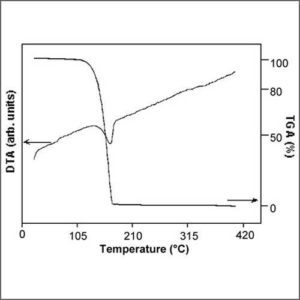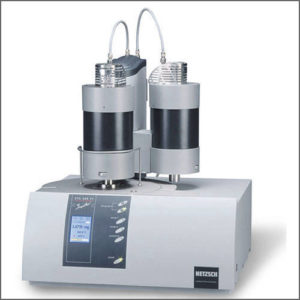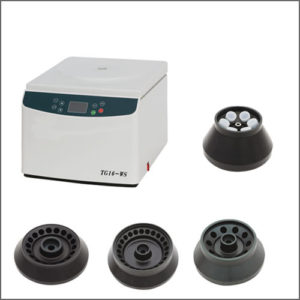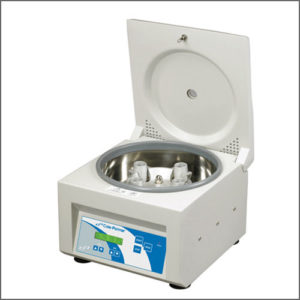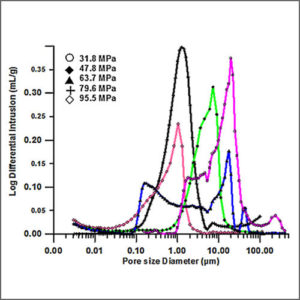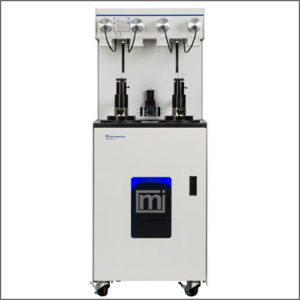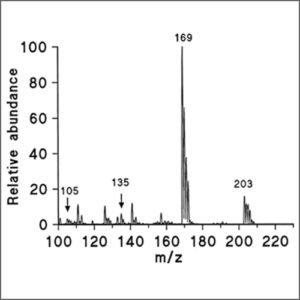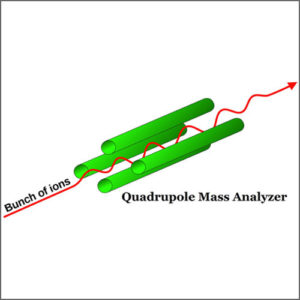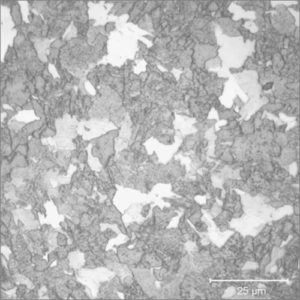
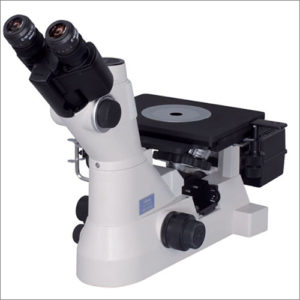
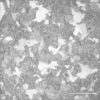
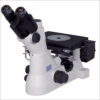
Metallographic Microscope
Metallographic (metallurgical) microscope is used to study of the physical structure and components of metals and alloys.
- Description
| Testing Method | Metallographic Microscope |
| Description | Metallography or metallurgy is the study of the structure of metals and alloys. Metallographic microscope can be used as a tool to help identify a metal or alloy, to determine whether an alloy was processed correctly, to examine multiple phases within a material, to locate and characterize imperfections such as voids or impurities, or to observe damaged or degraded areas in failure analysis investigations. In short, metallographic microscope can reveal a great deal about the past history of a metal specimen, and how it will act in service. |
| More Information | Wikipedia: Metallography |
Related Products
-
Freeze Dryer
Freeze dryer is widely used in dehydration process in order to preserve a perishable material or make the material convenient for transport.
-
Thermogravimetric – Differential Thermal Analysis (TGA-DTA)
Thermogravimetric – differential thermal analysis is used to measure the change of physical and chemical properties of materials with high temperature.
-
High-Speed Centrifuge
High-speed centrifuge is a method widely used to separate two immiscible substances involving the application of the centripetal force.
-
Mercury Intrusion Porosimetry (MIP)
Mercury intrusion porosimetry (MIP) is used to evaluate porosity, pore size distribution, and pore volume of various solid and powder materials.
-
Mass Spectrometry (Q-TOF-MS)
Mass spectrometry (Q-TOF-MS) is an analytical technique that ionizes chemical species and sorts the ions based on their mass to charge ratio.



